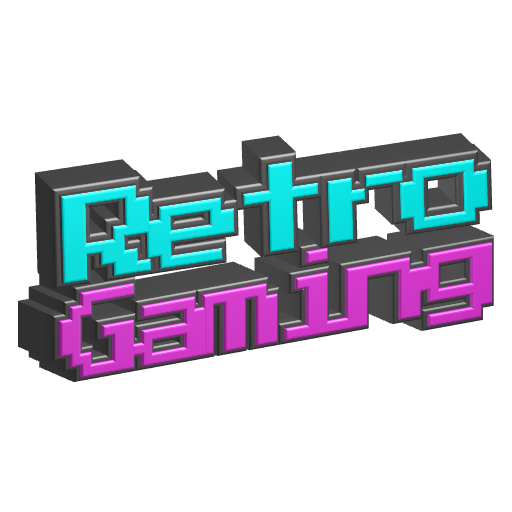

I use Code OSS with clangd and the nvim extension (because Microsoft disabled their c/c++ tools) because i want access to the nrfconnect extension pack as a beginner. I don’t have to go searching in the documentation and compiling, then recompiling 10 times to self-discover the required devicetree parameters and figure out what drivers are available vs mainline zephyr.
Plus the debug interface works well.
For everything else possible it is vim/neovim, but I haven’t been able to find good neovim setup for nrfconnect.










Nope, I don’t know the difference really. I think my arch distrobox had code oss marketplace extension as a package (to get nrfconnect auto updating) so maybe that’s the reason?